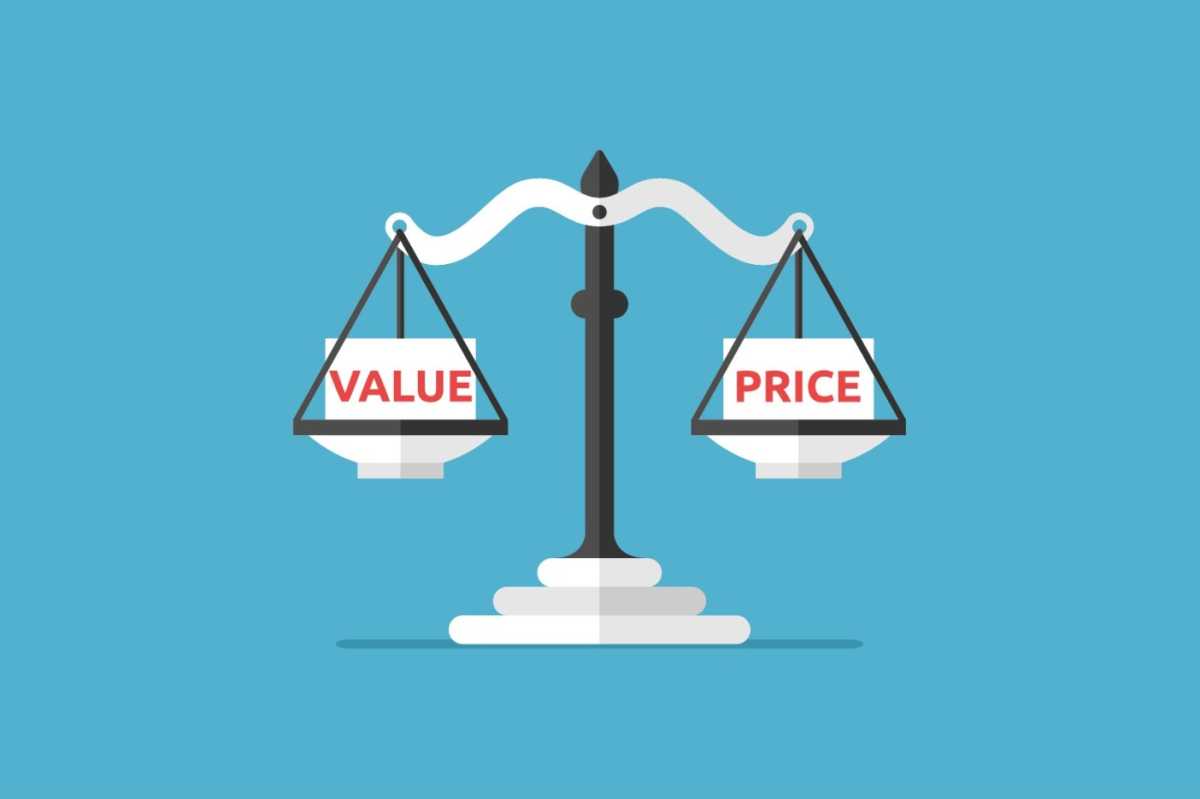Typically, businesses will price their products on a cost based strategy, where they add on a fixed margin to a product’s production cost which then sets its retail price. But what if you wanted to add more value and worth to your products beyond simply covering material costs? Then, what you need to consider is value based pricing.
At the end of this, you’ll understand how pivotal value based pricing can be for your brand and how you can get your products valued higher. Thereby, getting you more profits.
What is a value based pricing strategy?

It’s when the price of your product is justified by the customer’s perceived value of it. What the customer is willing to pay is what your product costs. Commonly, you’d use value based pricing for things like artwork, custom bags or even some food/beverage related items.
What is the difference between cost based and value based pricing?
-
Cost based is objective while value based is subjective. Cost based pricing determines the price of a product based on the production costs. Value based relies on the perception of value from the side of the customer.
-
Cost based pricing puts prices relative to your competitors, maybe lower or around the same, and always comparing your price offers with them. Value based pricing uses the cost of your product as a message about the level of quality.
-
Practically, cost based is set between the bare minimum amount that you can charge while still making money and a ceiling amount that you’d stay under or else it’ll be too expensive and people won’t buy. Value based provides higher net profits, but you first need the trust, respect and confidence of your customers so they’re willing to pay more.
The advantages of a value based pricing model
The reason that many businesses adopt a value based pricing strategy is because of the benefits it gives them. Some of those benefits include:
Higher initial profits
Higher markups are possible. Items seen as anywhere near prestigious are more valuable regardless of what it costs. You can price products/services highly as long as it matches customers’ perceived value in them. Giving you more profit.
Better for customer loyalty
Since your value is dependent on the customers’ attitude towards you, you can conduct surveys with your customers on what and how you can improve. Considering their opinions, suggestions and experience can increase their satisfaction with your service and increase brand loyalty.
Increases your product value
People often accept that higher prices mean higher quality. With value based pricing customers are more inclined to feel like they’re a part of some exclusive deal.
Finding a supply and demand balance
Value based pricing gives you an idea on your product’s demand. With surveys and research, you can know your customers’ needs and what they’re willing to pay and help you create demand to balance supply.
More focus on customer service
It encourages you to be better at customer experience and service. Higher number of satisfied customers means higher demand for your product, and therefore higher value.
Disadvantages of a value based pricing model
But like all things, there are some downsides to value based pricing:
Can be hard to implement
Transitioning from other pricing methods can be tricky. That’s why value based pricing is more suitable for new businesses or new product lines.
Added value is less easily justified
Your competitors selling similar products at lower prices could be a challenge to your value based pricing strategy. It’s for this reason that you really need the trust and confidence of your customers and to be unique with your offers.
Value perception is unstable
Cultural, social, technological and economic factors can affect what is considered valuable enough for a high price. If you’re forced to lower your prices, then unsurprisingly profits go down with too.
Higher production costs
Making your products unique to be more competitive can incur higher production costs. Be it higher quality materials or higher skilled employees/labor, improving value by quality would cost you more.
How to run value based pricing on your business

Follow our 5 steps to suit your business with value based pricing:
1. Really understand your business
There are many features that make your business overall or products best suited to value based pricing. Evaluate your brand and see if it fits the bill. Such features include being customer-focused, good and efficient at research and being able to maintain healthy customer relationships.
2. Create buyer personas
Identify your customers through buyer personas. Buyer personas represent the most ideal sections or groups of people in your market. The more specific and the more data through the information you have, the more fleshed out your buyer personas are.
3. Analyze & research your customers/target audience
Get in contact with your existing customers and look into their behaviors and what they’re willing to pay and buy from you as they have seen the value you give them. Also, analyze your total addressable market to understand how those you’re trying to sell to value your product, and how much they’re willing to pay. Learning about customer demographics also helps. From simple info like age and gender to the more specific, like interests, concerns, preferences and the motivation to buy.
4. Analyze & research your competitors
Conducting a competitive analysis is always a good idea. Competitor pricing information builds your product value in comparison to market value. You have to convince buyers that you’re the better alternative. Looking into your competition is especially useful when you have a new product in the market and no resources for professional market research.
5. Determine price value
The final bit of research to do is to analyze product and feature preferences and also price sensitivities. The former helps you gauge value by, again, looking at your customers and the latter collects customer feedback on real price points that customers are willing to pay. If you have a strong foundation with steps 3 and 4, then you’ll succeed with this.
Add value to your business
And there you have it! One more pricing strategy that you can implement for your business and even more so, hopefully, you’ll be able to use it well and see your sales soar. But your customers are going to need somewhere to shop. So, sign up with us at Yezza! Upload an unlimited number of products and people will come and shop with you as you sleep away the night!





Leave a Comment